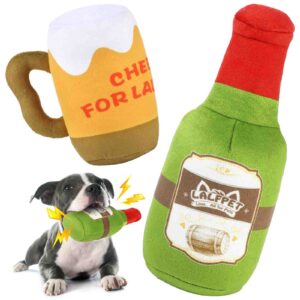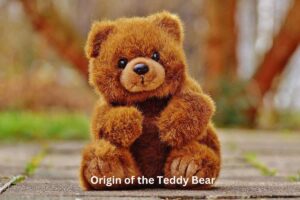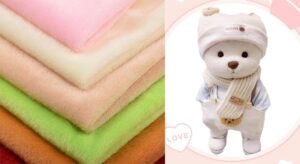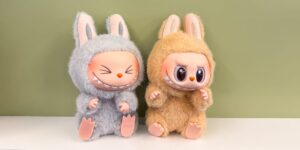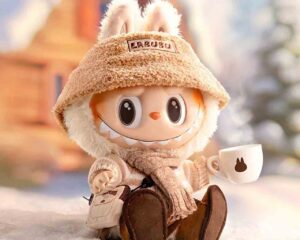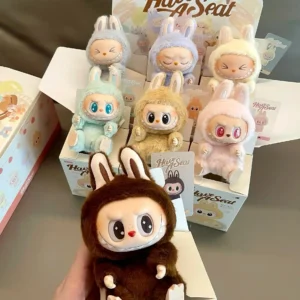Choosing the right plush toy for dogs requires understanding their safety and durability needs. Plush toys for pets must withstand chewing and rough play while remaining safe and comfortable.
The best plush toys for dogs use tough, non-toxic materials like reinforced polyester and durable stitching. Designs consider different chewing habits, with safety features such as no small parts and chew-resistant fabrics. Testing for durability and pet safety ensures quality products that keep dogs engaged and owners happy.
Let’s dive into what makes a plush dog toy truly the best.
1.What Materials Are Safest and Most Durable for Dog Plush Toys?
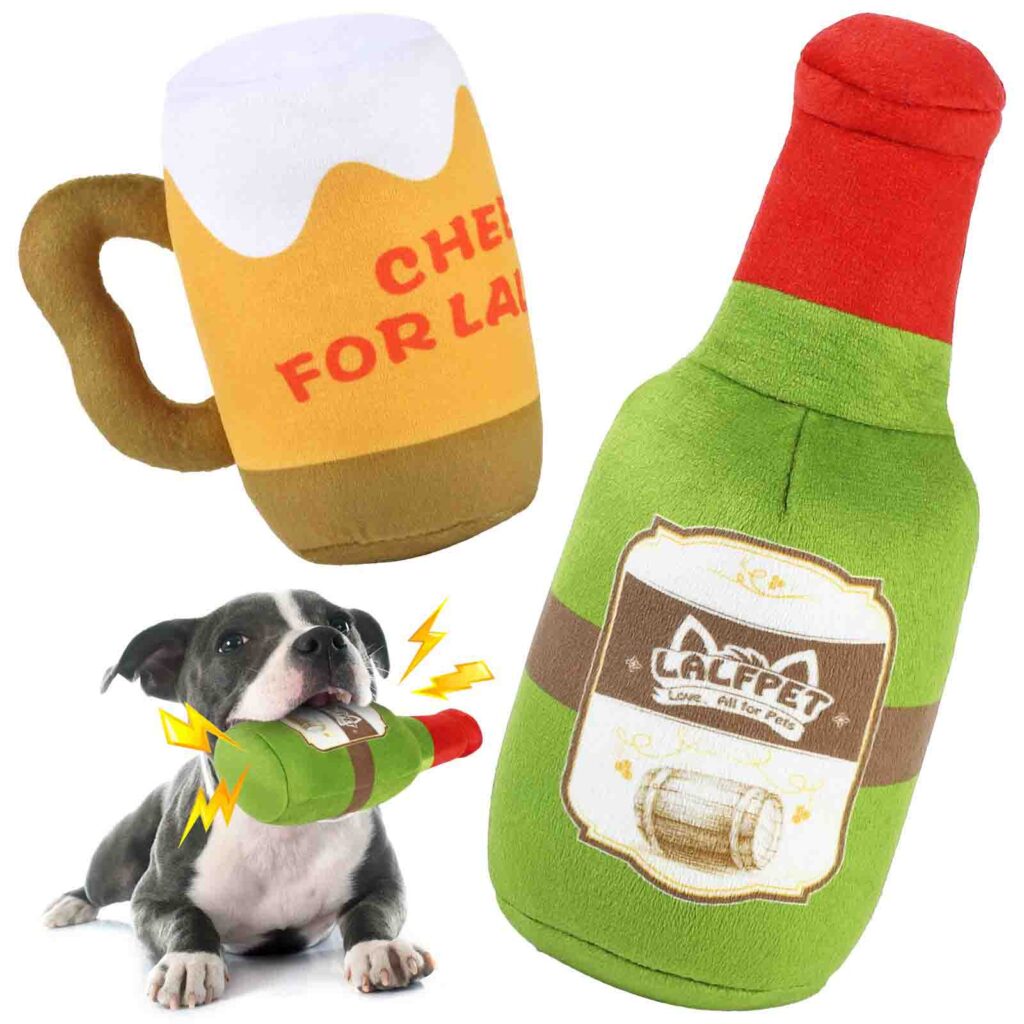
Material choice is key to creating plush toys that last and remain safe for pets. Dog toys face rougher use than children’s plushies, so durability and safety are critical.
High-quality polyester fabrics combined with reinforced stitching provide strong, tear-resistant dog plush toys. Non-toxic materials are essential to avoid health risks, while chew-resistant fabrics and fillings improve longevity.
Polyester fabric is widely used due to its resistance to wear and ease of cleaning. Tough variants like ballistic nylon or Cordura may be used as reinforcements for heavy chewers. For stuffing, materials like shredded polyester or tightly packed fibers resist quick destruction and reduce choking hazards.
Natural cotton fabrics, while soft, tend to wear quickly and are less suitable for aggressive chewers. Additionally, all materials must meet pet safety standards and be free of harmful chemicals.
| Material | Durability | Safety | Common Use |
|---|---|---|---|
| Reinforced Polyester | High | Non-toxic | Main fabric for durable toys |
| Ballistic Nylon | Very High | Non-toxic | Reinforcements for chewers |
| Natural Cotton | Low | Non-toxic | Light chewers, soft toys |
| Polyester Fiberfill | Moderate | Safe | Durable stuffing |
Selecting appropriate materials ensures toys last longer and protect pet health.
2.How Do Plush Toy Designs Cater to Different Dog Chewing Behaviors?
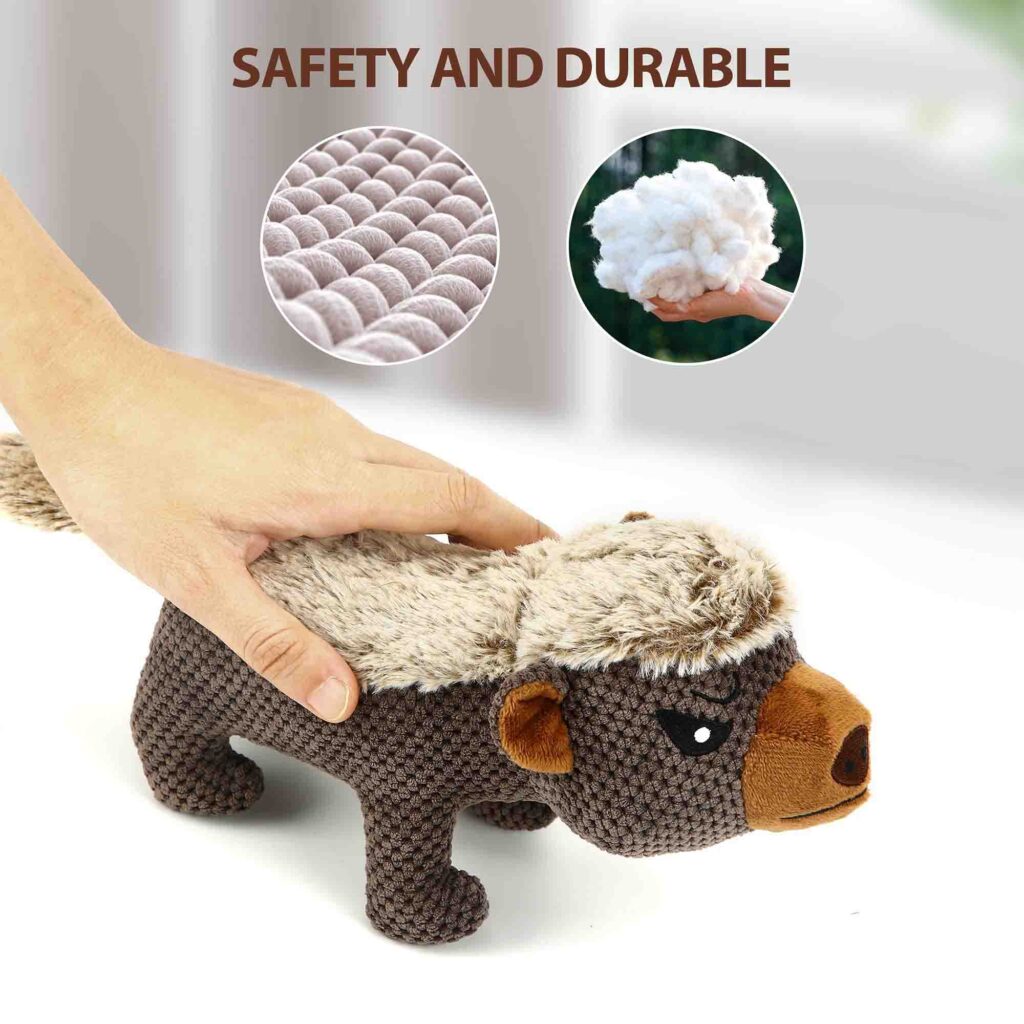
Dogs chew differently depending on breed, age, and temperament. Plush toy designs must reflect this diversity.
Soft toys for gentle chewers use plush fabric and minimal reinforcements, while aggressive chewers require tougher fabrics, reinforced seams, and limited stuffing to reduce hazards.
Puppies and small breeds often enjoy softer toys that are easy to carry and cuddle. For these, plush fabrics with reinforced edges are sufficient.
For medium to large breeds or heavy chewers, toys incorporate durable fabrics and double stitching. Some toys omit stuffing or use tightly packed stuffing to prevent choking if torn.
Some designs integrate textures, such as ridges or knots, to satisfy chewing urges and help dental health.
| Chewing Style | Recommended Design Features | Target Dog Types |
|---|---|---|
| Gentle Chewers | Soft plush, standard stuffing | Puppies, small breeds |
| Moderate Chewers | Reinforced seams, tough fabric | Medium breeds |
| Heavy Chewers | Ballistic nylon panels, minimal stuffing | Large breeds, aggressive chewers |
Understanding chewing behavior guides effective toy design and customer satisfaction.
3.Which Features Enhance the Safety of Plush Toys for Pets?
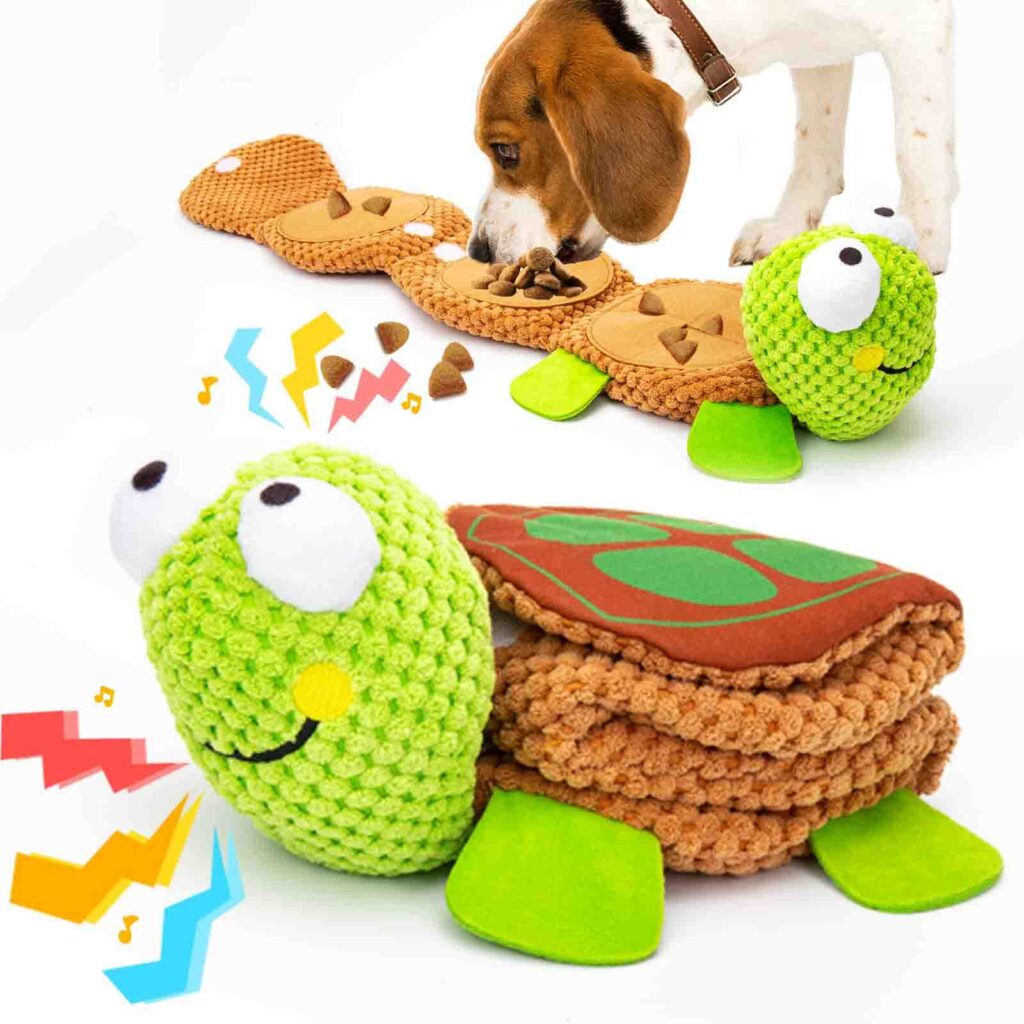
Safety is the top priority in plush dog toys to avoid choking, ingestion, or injury.
Key safety features include non-toxic materials, securely sewn seams, no small detachable parts, and stuffing that minimizes risk if ingested. Avoiding plastic eyes or buttons is crucial.
Many dog plush toys use embroidered eyes and noses instead of plastic parts to eliminate choking hazards. Seams are reinforced to withstand tugging and chewing.
Stuffing is often made from shredded polyester that poses less risk if swallowed. Some manufacturers also embed squeakers inside protective casings to avoid damage.
Safety testing is essential, including chew and tear resistance, to verify these features hold under pet play conditions.
| Safety Feature | Purpose | Implementation |
|---|---|---|
| Embroidered details | Avoid choking hazards | Replace plastic eyes/nose |
| Reinforced stitching | Prevent stuffing exposure | Double or triple seams |
| Safe stuffing | Reduce ingestion risk | Shredded polyester |
| Secure squeakers | Prevent swallowing hazards | Encased in fabric |
Incorporating these features builds trust with pet owners and retailers.
4.5How Do Manufacturers Test Plush Toys for Dog Suitability and Durability?

Manufacturers use specific tests to ensure plush dog toys meet safety and durability requirements before market release.
Common tests include bite and pull tests, abrasion resistance, and material safety screenings to confirm toys withstand pet use without breaking or causing harm.
Durability tests simulate typical dog behaviors such as chewing, shaking, and tossing. Samples are subjected to mechanical stress and inspected for tears, loose parts, or stuffing leakage.
Material safety is verified through chemical analyses to ensure absence of toxic substances. Compliance with regulations like ASTM F963 (for pet toys) is checked.
Manufacturers may also conduct consumer field trials to observe real-life toy performance.
| Test Type | Purpose | Method |
|---|---|---|
| Bite and Pull Test | Check seam and fabric strength | Mechanical simulation |
| Abrasion Resistance | Assess wear and tear | Rubbing fabric repeatedly |
| Chemical Safety Test | Verify non-toxicity | Lab chemical analysis |
| Consumer Trials | Real-world durability check | User feedback |
Rigorous testing guarantees reliable and safe products that satisfy pet owners.
5.What Are the Benefits of Customizable Plush Toys for Dogs?
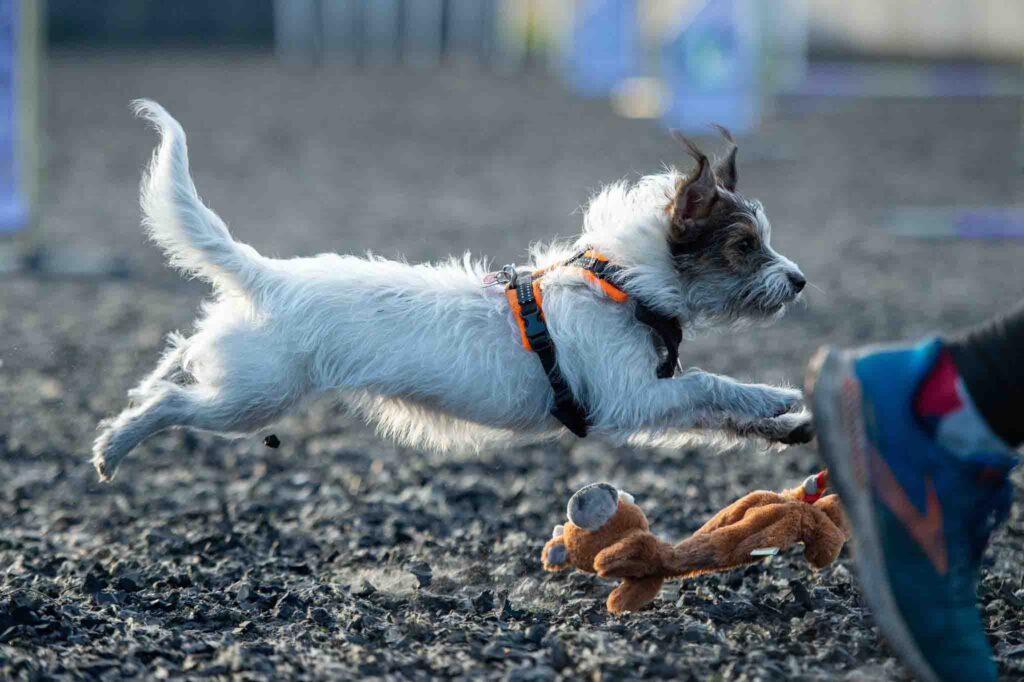
Customization offers brands a way to stand out and meet specific market demands.
Customizable plush dog toys allow adding logos, brand colors, or special designs, strengthening brand identity and appealing to niche markets like pet boutiques or promotional giveaways.
Custom designs foster brand loyalty and provide unique products for customers seeking personalized gifts or company merchandise.
Options include embroidery, unique fabric choices, and themed shapes. This flexibility helps retailers target different customer segments and increase sales.
| Customization Type | Benefit | Example Use |
|---|---|---|
| Logo Embroidery | Brand recognition | Pet store exclusives |
| Color Variations | Match brand palettes | Seasonal or event-themed |
| Unique Shapes | Appeal to niche audiences | Breed-specific toys |
Customization expands market reach and strengthens customer relationships.
6.How Do Plush Toys for Dogs Differ from Those Designed for Children?
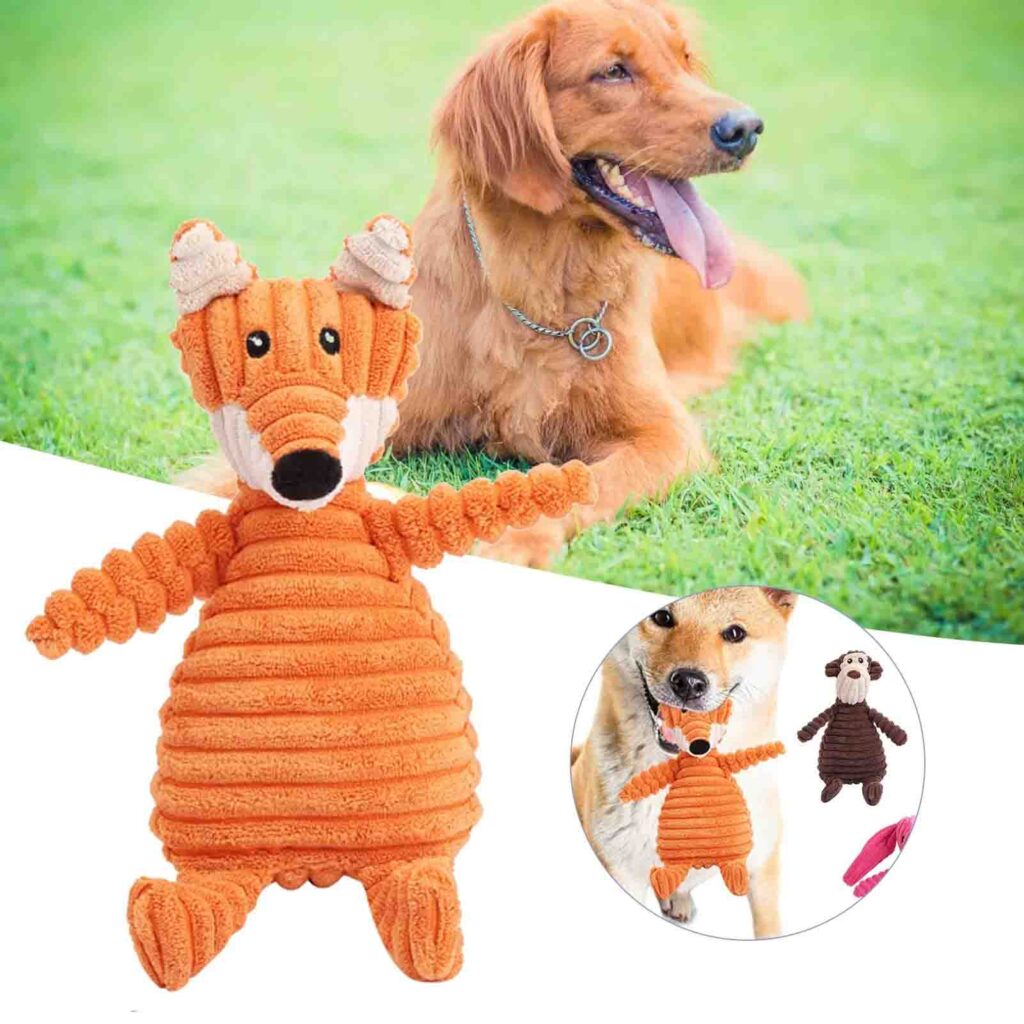
Though similar in appearance, plush dog toys and children’s plush toys differ significantly in design priorities.
Dog toys focus on durability, chew resistance, and safety against ingestion, while children’s toys prioritize softness, delicate details, and aesthetic appeal.
Dog toys often use tougher fabrics and reinforced stitching to survive chewing. Stuffing is minimal or securely packed to avoid hazards.
Children’s plush toys may have plastic eyes, decorative elements, and finer fabrics that wouldn’t hold up to dog play.
Manufacturers must understand these differences to meet target market needs effectively.
| Feature | Dog Plush Toys | Children’s Plush Toys |
|---|---|---|
| Fabric Strength | High, tear-resistant | Soft, delicate |
| Stitching | Reinforced | Standard |
| Safety Details | No small parts, no plastics | Plastic eyes, accessories |
| Durability | Designed for rough use | Moderate |
Knowing these distinctions helps prevent product misuse and customer complaints.
7.What Are Common Challenges in Producing Long-Lasting Plush Dog Toys?
Manufacturing durable plush dog toys comes with challenges like balancing toughness with softness and controlling costs.
Challenges include finding materials that resist heavy chewing but remain safe, ensuring stitching doesn’t fail, and managing higher production costs from stronger fabrics and reinforcements.
Selecting materials that survive chewing without being too hard or unsafe requires testing and sourcing expertise.
Reinforced stitching increases labor time and cost but is necessary to prevent early failure.
Cost control is crucial to maintain competitive pricing while delivering quality. Bulk sourcing and efficient production help.
| Challenge | Impact | Mitigation Strategy |
|---|---|---|
| Material Sourcing | Cost and quality variation | Long-term supplier contracts |
| Stitching Failures | Product returns and complaints | Training and quality checks |
| Production Costs | Pricing pressure | Process optimization |
| Customer Expectations | Demand for both softness & durability | Product testing and design innovation |
Addressing these challenges ensures durable, safe, and affordable dog plush toys.
Conclusion
The best plush dog toys combine safe, durable materials with thoughtful designs tailored to pet behaviors.
For customized, high-quality plush dog toys that meet safety standards, contact me at [[email protected]]. At Kinwin, we deliver durable, safe, and customizable pet plush products to global markets.




